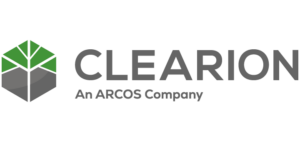Posted by Christopher Kelly

Question: You mentioned that, when getting started, you can pick a few core processes to automate and set attainable goals. What are a few examples of some of these that deliver the biggest bang for your buck for vegetation management?
Wow, there are so many examples. Where to begin? To answer that question, we encourage you to take a look at your organization and define your priorities.
- Budget-conscious organizations may begin with the process that they spend the most money on in an attempt to cut costs and streamline operations. For example, if the majority of your budget goes to preventative maintenance or cyclical trimming, then target that first.
- Organizations that are focused on continuous process improvement typically target the process that would alleviate the greatest amount of pain and/or dysfunction. For example, after mapping process redundancies or non-value-added steps, these companies may begin by reducing manual intervention (e.g., excess paperwork required for audits or time spent time chasing invoices). Or they may choose to deploy a new, proactive process that adds significant value (e.g., an environmental sustainability solution).
- Customer-facing companies often begin with the process that has the most external touchpoints in order to improve engagement and interaction. For example, if your company is focusing on strengthening customer service, maybe you should begin with a process that improves response times and service levels—even if it may not offer the biggest fiscal bang for the buck.
- Companies that are trying to minimize risk and exposure may start with processes that strengthen their regulatory compliance and reporting or improve their reliability (e.g., a better hazard tree program).
As you may have heard during our webinar, at Clearion, we have a customer who had a strong sense that they weren’t doing as good a job as possible processing customer tree trimming requests. They made a targeted investment to integrate Clearion with their SAP call center software. The visibility into their performance confirmed their worst fears. It was taking them 1.5 months, on average, to resolve requests. The good news is, with Clearion, they now had the right tools to drive improvements. They worked hand-in-hand with their contractors and gave a lot of attention to monitoring and measuring specific work processes to sustainably drive improvements.
The key question for you to answer is: what are your drivers? That will help to steer you in the right direction.
WATCH OUR CLEARION STORY VIDEO
